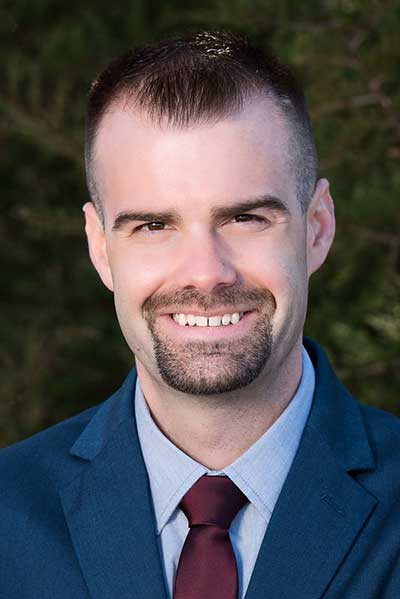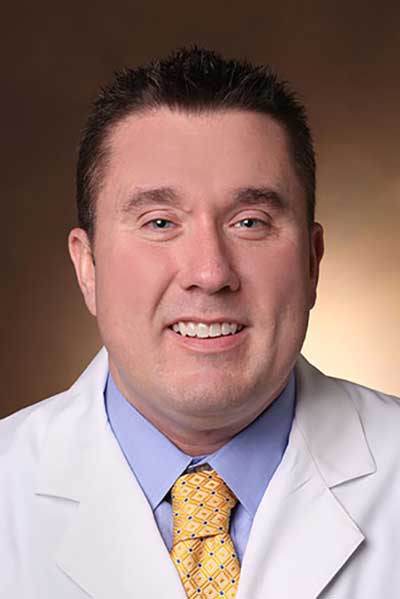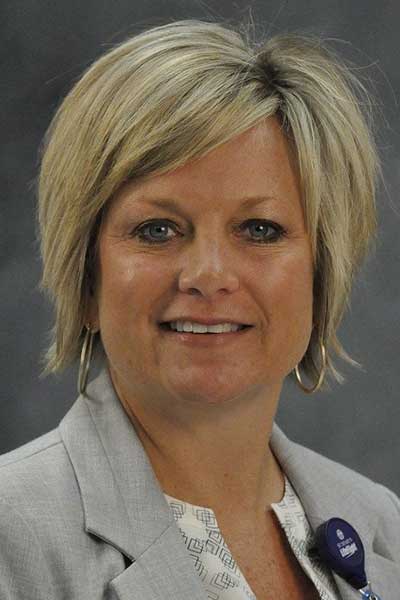Nurses often integrate specialized methods or tools while caring for children and teenagers that are critical for positive treatment outcomes. Emergency Nursing 2023 will host a wide selection of educational opportunities focused on pediatrics. This year’s curriculum includes the sessions listed below. The complete list of educational opportunities at the conference in San Diego is available on ENA’s website.

Pediatric Suicide: Do You Even Care About Me?
Behavioral and mental health emergencies are a growing concern in the emergency department. Nurses must prepare to evaluate and advocate for pediatric patients who exhibit signs of potential self-harm or suicide.
“Pediatric Suicide: Do You Even Care About Me?” will review tools and guidelines used by the National Institutes of Health to handle these types of emergencies and help pediatric patients openly discuss the state of their mental health. The session will be held from 4-4:30 p.m. Pacific time on Sept. 21.
Session speaker Bradley Rund, MSN, FNP-BC, NR-P, a nurse practitioner at Major Health Partners Family and a county coroner, explained that during suicide reviews, he often sees young patients previously admitted to the ED.
“If a patient who presents in the ED has an underlying mental health complaint or diagnosis, we need to provide them and their parents with the best tools and resources available upon discharge,” Rund said.

Too Young to Die: Myocarditis in Teens
More than 3 million cases of myocarditis are diagnosed each year in the United States. Yet, many providers are only taught about the disease in school and rarely encounter it in clinical practice.
Dr. Seth Ivins LLC Family Nurse Practitioner Gina Slobogin, DNP, APRN, FNP-BC, will lead “Too Young to Die: Myocarditis in Teens” from 4:30-5 p.m. on Sept. 22.
The presentation will focus on the case study of a 16-year-old’s fight with myocarditis. Slobogin will examine the cause, symptoms, treatments and outcomes for the patient.
“Myocarditis can happen to anyone, not just patients with pre-existing conditions,” she explained. “There are things we can do to check for it that aren’t super time-consuming or outside the realm of testing we do routinely.”
Hide and Seek: Identifying Pediatric Non-Fatal Strangulation


Strangulation is often under-recognized in children. Studies have demonstrated that health care providers routinely misidentify or misclassify these complex injuries, which can have long-lasting physical and mental health effects.
“Victims of strangulation often present with innocuous, subtle symptoms, which makes it even more important that there’s dedicated training on this topic,” said University of Colorado Forensic Nurse Manager Christine Foote-Lucero, MSN, RN, CEN, SANE-A, SANE-P, AFN-C.
From 9:45-10:15 a.m. on Sept. 23, Forensic Clinical Nurse Specialist and owner of MedLaw Consultants, LLC Valerie Sievers, MSN, AFN-C, SANE-A, will join Foote-Lucero to lead “Hide and Seek: Identifying Pediatric Non-Fatal Strangulation.”
“Child abuse is something we need to have a high index of suspicion for depending on the presentation of the child,” Sievers explained. “Even if the symptoms are recognized, people don’t necessarily know the recommended treatments or evaluations.”
This session will review differences in pediatric airway anatomy, mechanisms of injury, and signs that can be indicative of a child who may have been strangled. The presenters will also assess proper clinical tools and resources for evaluation and documentation.

Single Dose Killers: Pediatric Toxicology
In pediatric patients, there are substances referred to as single dose killers due to the small dose required to cause toxicity. Clinicians must be prepared to quickly diagnose the presence of these dangerous substances and recall the proper therapies to treat them.
Vanderbilt University Medical Center’s Emergency-Flight Nurse Practitioner Michael Gooch, DNP, APRN, CCP, ACNP-BC, FNP-BC, ENP-C, CEN, CFRN, CTRN, TCRN, NRP, will present “Single Dose Killers: Pediatric Toxicology” from 3:30-4:15 p.m. on Sept. 23.
This session will review these toxic agents, their clinical manifestations and management priorities to prepare emergency nurses to effectively care for these patients.
“We’ll also cover resources available, especially for those who don’t have a toxicologist on call,” Dr. Gooch said. “Poison control can be a friend to all providers, and it’s the same phone number no matter where you are in the United States.”
Is Your ED Pediatric Ready? The Answer May Surprise You!

In the United States, most children seek emergency care at general EDs versus specialized pediatric EDs. Yet, 81 percent of EDs intake fewer than 10 pediatric patients each day.
“We know kids are going to present to the closest ED. The National Pediatric Readiness Project provides a toolkit with resources to address gaps in readiness, including recommendations for pediatric supplies, equipment and medications,” said Emergency Medical Services for Children Innovation and Improvement Center Co-Lead Hospital Domain Michelle Moegling, RN, BSN, CPN.
EMSC Innovation and Improvement Center Hospital Domain Co-Lead Lisa Gray, MHA, RN, CPN, TCRN, and Knowledge Management Domain Project Manager Robin Goodman, MSN, RN, CPEN, will join Moegling to present “Is Your ED Pediatric Ready? The Answer May Surprise You!” The session will be held from 4:30-5 p.m. on Sept. 23.
The NPRP was launched in 2011 as a quality-improvement initiative supported by the Health Resources and Services Administration’s Emergency Medical Services for Children program to ensure all EDs have the necessary resources and training to care for children. The NPRP assessment was completed in 2013 and again in 2021, evaluating how prepared EDs across the United States are to provide emergency care to children.

“This initiative was designed to ensure that no matter what area of the country a child lives in, they have access to high-quality pediatric care, meaning the ED is prepared to resuscitate, stabilize and send them to a higher level of care, or resuscitate, stabilize and keep them at their center,” Gray explained.
Pediatric readiness is quantified by the weighted pediatric readiness score. Evidence supports that having a higher wPRS and a dedicated pediatric emergency care coordinator improves the outcomes of pediatric patients and significantly decreases mortality rates.
“You don’t have to be a pediatric expert to be prepared,” Goodman said. “To improve pediatric readiness, you only need to have an interest in improving care for children in your community.”
Those interested in their organization’s pediatric readiness can take the assessment before attending this session.
Register Today for Emergency Nursing 2023
Registration for Emergency Nursing 2023 is still open! Level up with ENA and thousands of your emergency nursing peers in sunny San Diego on Sept. 21-23. Attendees can look forward to immersive experiences with hands-on learning opportunities, high-quality sessions, networking events and can’t-miss celebrations sure to propel their careers onward and upward.

